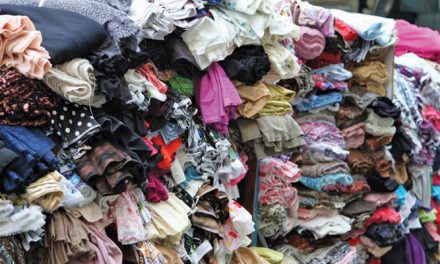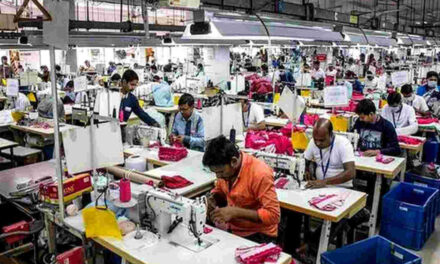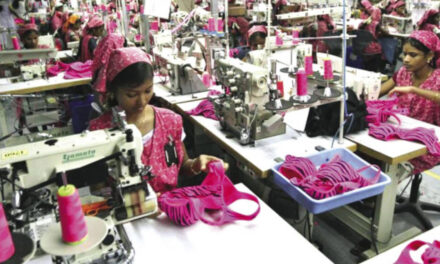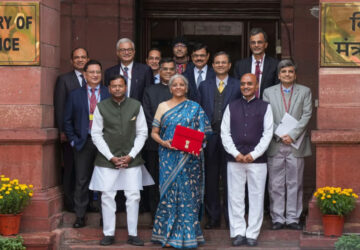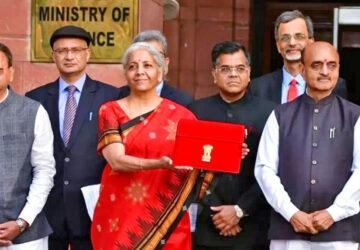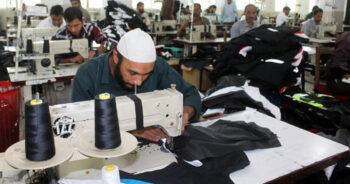 Pakistan’s textile industry has experienced a significant decline in production, particularly in the cotton yarn and cotton cloth segments, resulting in a worrisome overall decrease of 26% year-on-year.
Pakistan’s textile industry has experienced a significant decline in production, particularly in the cotton yarn and cotton cloth segments, resulting in a worrisome overall decrease of 26% year-on-year.
In contrast, the apparel sector has witnessed remarkable growth, with garments production increasing by 13% year-on-year in April 2023 and an impressive 26% year-on-year in the 11-month period of FY2023.
Textile sector analyst at Topline Securities, Nasheed Malik explained that the production decline in cotton yarn and cotton cloth, which are capital-intensive segments of the textile industry, can be attributed to multiple factors. These segments heavily rely on machinery and power, involving automated processes like spinning and weaving. Economic challenges, technological limitations, and fluctuations in raw material prices have all contributed to this decline.
Conversely, the apparel industry’s success can be credited to two major factors. Malik highlighted that Pakistan’s currency underwent two rounds of rupee devaluation against the US dollar in 2018-19 and 2022-23. “These devaluations have made Pakistani labour comparatively cheaper, providing a competitive advantage similar to that of Bangladesh.” Consequently, apparel and garments manufactured in Pakistan have become more cost-effective, attracting increased orders from international buyers.
The All-Pakistan Textile Mills Association (APTMA) has raised concerns regarding the high energy costs in the textile industry, which account for approximately 30-40% of production expenses. APTMA has demanded a separate category of power tariffs that excludes losses and cross-subsidies. Lower power rates would significantly impact the industry’s overall cost structure and enhance its competitiveness. If this demand is met, textile exports could potentially reach $50 billion by FY2027, compared to the current value of $16.5 billion during FY2023, which reflects a 15% year-on-year decline in the 11-month period.
Recent data for the Large-Scale Manufacturing Index (LSMI) in May 2023 reveals a concerning 14.37% year-on-year decrease. The 11-month period of FY2023 also shows an overall decline of 9.87% year-on-year. This decline can be attributed to various sectors, including textiles, automobiles, food, pharmaceuticals, petroleum products, cement, and tobacco. However, there have been some positive contributions from the wearing apparel and furniture sectors, which saw growth rates of 2.6% and 0.5%, respectively. On a month-on-month basis, the LSMI has shown a promising 5.9% increase.
The textile industry’s decline and the apparel sector’s growth in Pakistan highlight the need for comprehensive measures to address the challenges faced by the sector. The government, industry stakeholders, and policymakers must collaborate to find innovative solutions that enhance productivity, reduce costs, and improve competitiveness. By leveraging the strengths of the apparel sector and resolving the issues faced by the textile industry, Pakistan can strive towards a more robust and thriving manufacturing sector.


